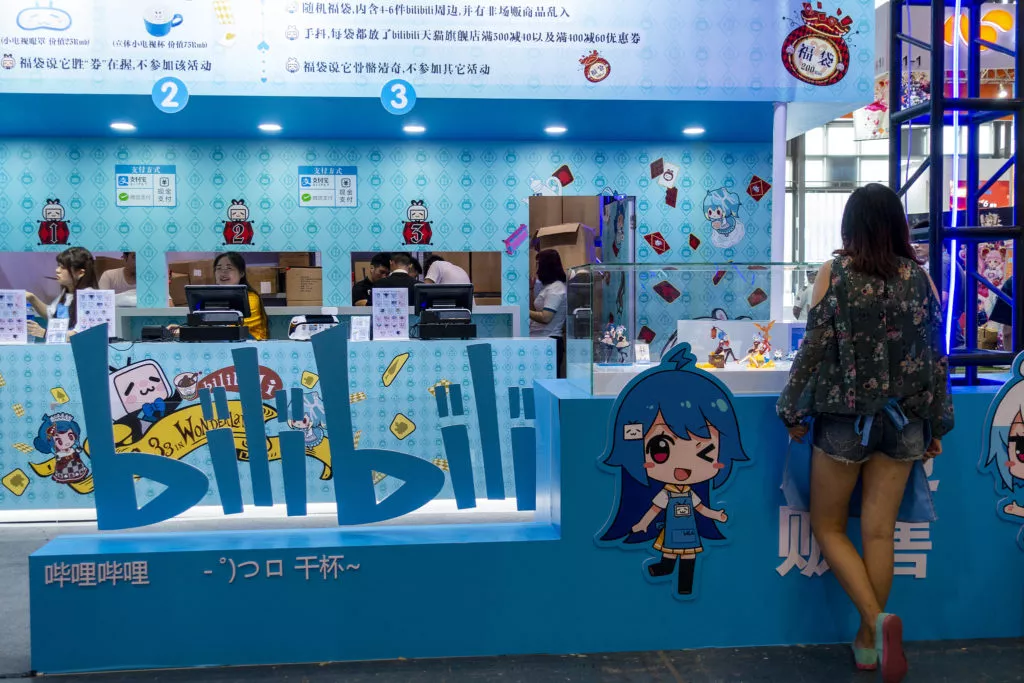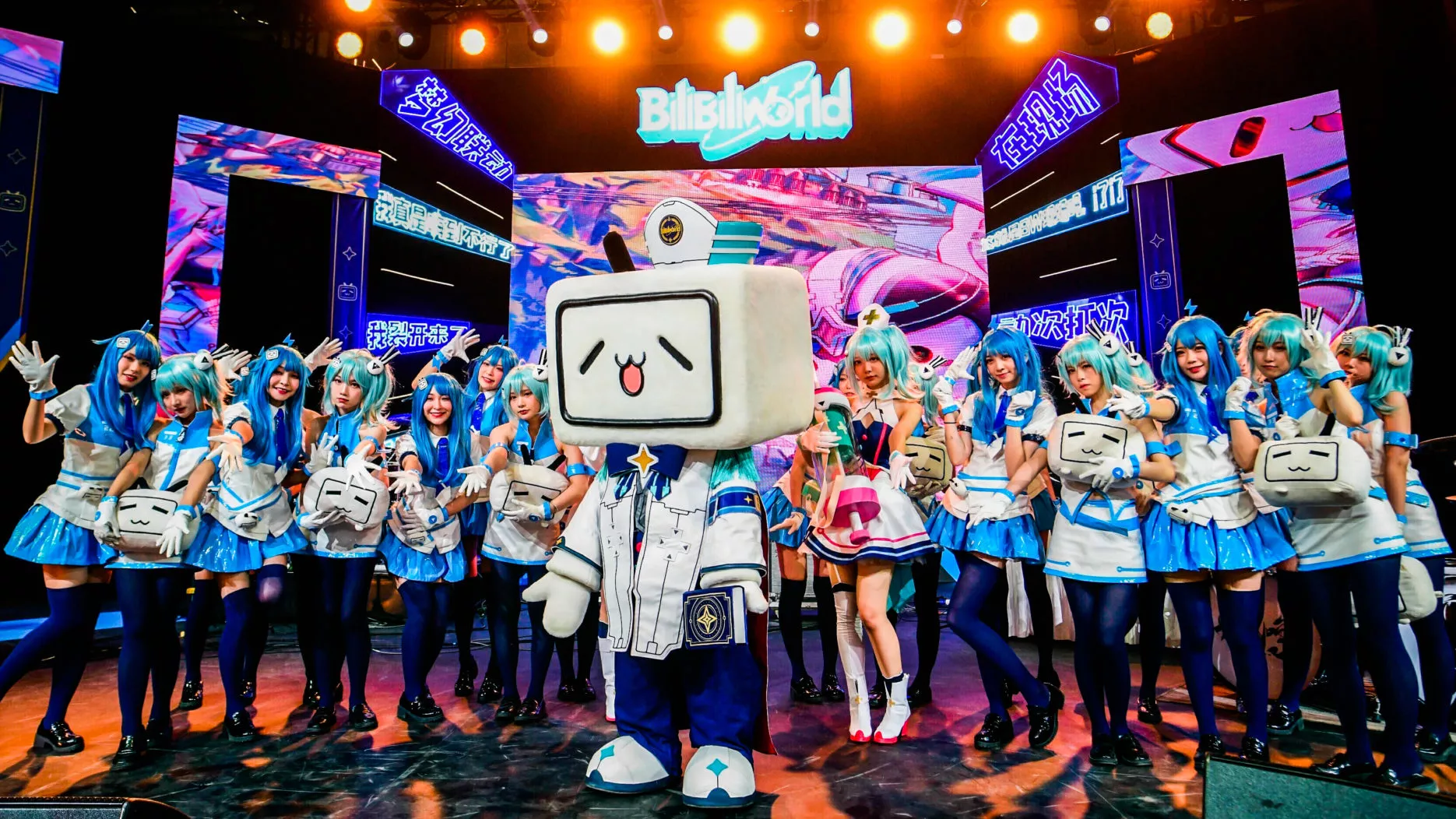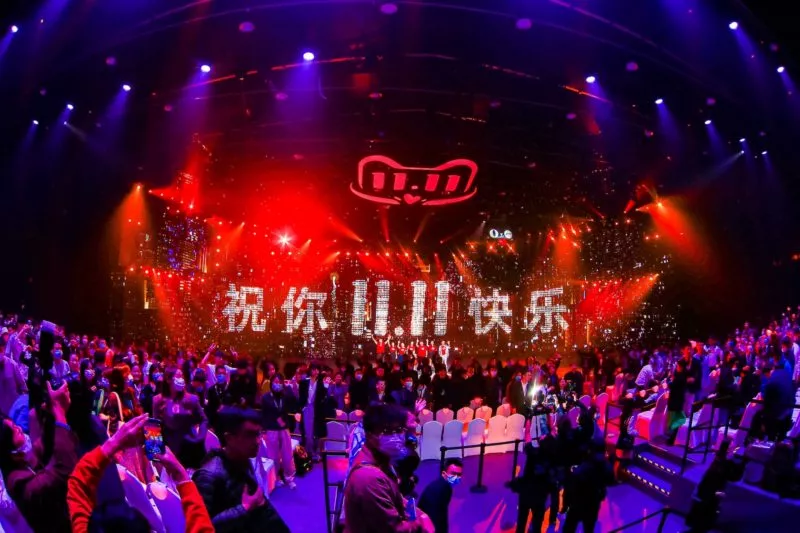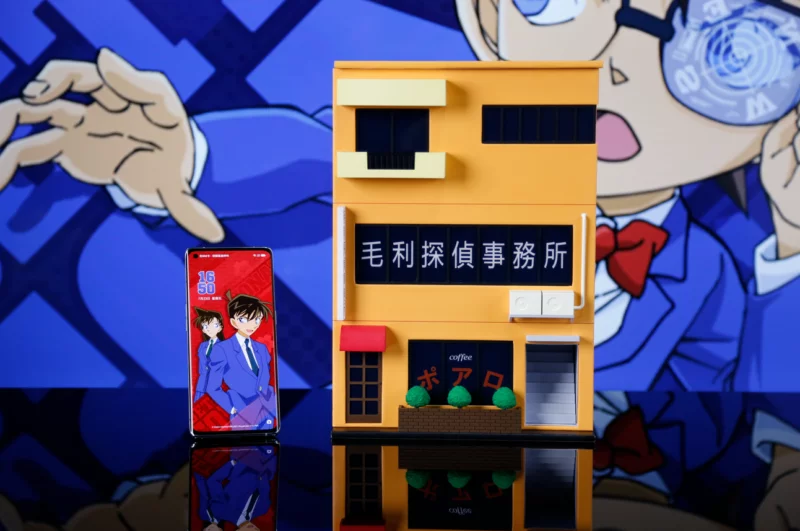Key takeaways:
- Bilibili is the largest pop culture and entertainment community for younger generations, with 72 million daily active users (86% of which are under 35).
- The platform revealed its ambition to become the bank of brands on the AD Talk conference, by generating long-term interests from ever-increasing views.
- Last year, 3,000 sponsored videos published on Bilibili went on the most researched content list, covering as many as 1,000 brands from 27 different countries.
Such is the reach of Bilibili that even listed companies can benefit significantly from the platform. In one case, 40 seconds on Bilibili boosted a company’s market value up by 550 million RMB ($86.3 million). You may have heard of Bilibili, or B Site, it is often referred to as China’s YouTube. But did you know this video-sharing platform is now becoming the golden key to winning the hearts of Chinese youngsters?
Bilibili is now the largest pop culture and entertainment community for young generations in China. The platform sees 72 million daily active users (86% are under 35). In other words, one out of two people in China is on Bilibili, and the data shows that each user spends an average of 88 minutes on the website every day. Not only does the platform have a wide user base in key consumer demographics, but is also able to capture attention longer than most sites, allowing brands to see far larger success through Bilibili.
Not only does Bilibili have a wide user base in key consumer demographics, but is also able to capture attention longer than most sites.
Interestingly, out of the enormous number of videos uploaded over the past year, more than 3,000 of them were adverts, these made up a portion of the most researched content list. That equals ten videos every day throughout the year, showing the enormity of potential for brands on this platform. These most successful paid video content covered as many as 1,000 bands from 27 different countries. Would you consider becoming one of them next year?
Bilibili is going beyond a YouTube equivalent in China
Although Bilibili is considered the platform most similar to YouTube, it has a rather different story. It started as an ACG (Animation, Comic, and Game) content community in 2009, with over 70% of its content creators focusing on animation, games, and music. But since the second year, the inquisitive nature of young people started to drive them to many other areas, particularly in technology, lifestyle, TV series, and movies.

This trend continues and the community has now created a wide range of content that builds up 7,000 cultural circles, such as animal, food testing, and daily routine; where hundreds of thousands of youngsters gather to talk extensively about relevant topics. This diversity of topics allows the potential for companies across a multitude of markets to gain a digital foothold for effective advertising.
However Bilibili does not stop there, it is more than just a self-generated content platform. You can also find movies and live streaming e-commerce on the website, and very likely, you will soon see a Bilibili shopping and leisure centre in Shanghai. It is clear to the company itself how much sway they have and by expanding into new areas of consumer demand they can diversify revenue and consumer bases further.
Bilibili is ambitious to become the “bank of brands”
Amongst the primary businesses of Bilibili advertising came into shape rather late, as the company was not sure about the users’ tastes in terms of adverts. As a result, only 6.4% of its overall revenue came from adverts in 2017; that is 160 million RMB ($25.1 million). However, this number started to rocket as soon as this video giant found its way to market to young generations, approaching $3 billion over the first three quarters of 2021 alone.
Adverts on Bilibili are user-created content with down-to-earth humour and personal touch.
In a word, the secret lies in quality. Advertisement usually is something that people want to get rid of when watching online content. However, it is fair to say that Bilibili is doing a pretty good job changing this tendency in China. Rather than being predictable and boring, or posh and out of touch, adverts on Bilibili are user-created content with down-to-earth humour and personal touch.
Those paid adverts are often so creative that they become bonuses for the viewers to look forward to, distinguishing B Site from other user-generated content platforms. This shift in perception will be a large driving force behind the success of such adverts, with consumers willing to listen rather than ignore, allowing the market of advertisement to expand at the incredible rate it has on Bilibili.
Bilibili also does not spare its efforts in encouraging and promoting good ads content. In July 2020, the company launched Sparkle, a matchmaking platform to help brands and agencies connect with content creators.
This program also facilitates video creators to materialise their amazing ideas by bringing in more money and makes it easy for them to manage projects so that they can focus on the work. As of June, the number of brands registered on the new platform has increased by 2,050% year on year, with a repeat service purchase rate of 75%. Brands that achieved the highest gross merchandise value (GMV) were mainly in the beauty, food and beverage, consumer electronics, e-commerce, and mobile games sectors.

Successful experiences in advertising inspired Bilibili, who coined the term “bank of brands” last week as one of its unique features. That is, the platform serves as a bank that generates long-term interests for the brands. For instance, the top 100 sponsored videos published last year still see two-times growth in views, and the brands see almost three-times more search volume. We can see how much this is the case due to not only the large deposit of consumer brands can tap into, but the further projects to increase advert capability, allowing other companies to gain interest overtime on their investment.
40 seconds on Bilibili bring a company’s market value up by 550 million RMB
A seven-minute technology video on Bilibili brought up its sponsor’s market value by 13.51% – nearly 550 million RMB ($86.27 million), even though only forty seconds were dedicated to the company’s products. This video introduces a high-tech desk designed by the content creator, inspired by Apple’s AirPower. The desk looks so cool that the video went on the most searched list, with over 18 million views at the time of writing. Even the online store of the brands is now marketing with the content creator’s name, such has been the power and association due to Bilibili’s efforts to advertise and rocket the product.
Bilibili serves as a bank that generates long-term interests for the brands.
You can find more cases showing that Bilibili outperforms other social media in advertising. Content creators on the platform seem to have formed a culture of making adverts fun and personal, just as they make their own content. Not surprisingly, with emotions involved and a hands-on experience, these sponsored content are often of good quality and inspiring effect. In the successful case mentioned above, so many people were directed to the brand not because it is unique, many other brands sell similar products, but as a payback gesture for the brand’s support to the passionate content creator.
So, what do you think? Would you consider making your advert enjoyable and boosting brand exposure through China’s most prominent young people community?
Read more:









